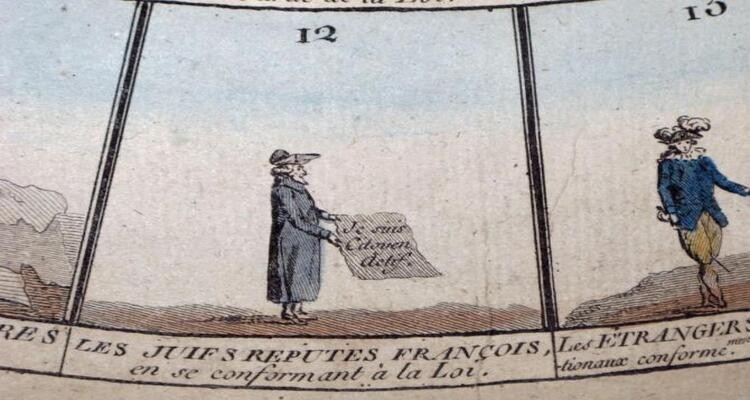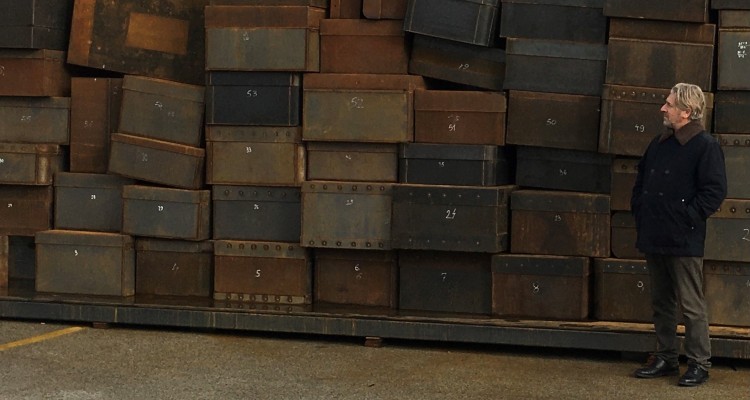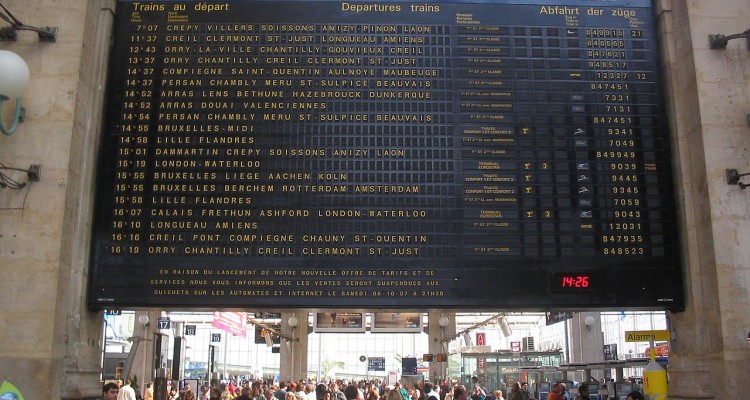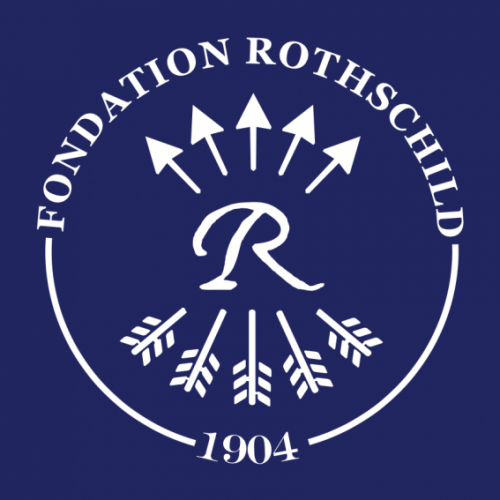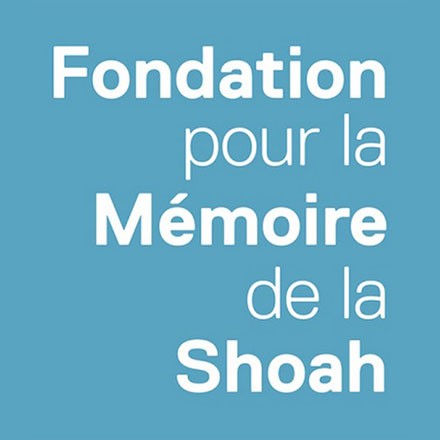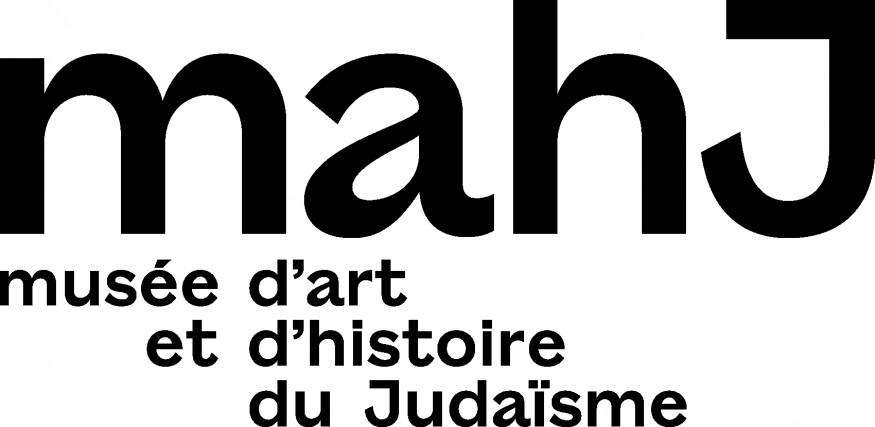Does the ceasefire coming into effect after two weeks of hostilities between Israel and the Palestinians seem probable to hold? The use of force on both sides was substantial, and leaves behind traces that will not soon be erased. The relative brevity of the episode, compared to previous confrontations, suggests that mediation, both local and global, has worked better this time than before. Perhaps the continuation of this war was also quickly judged, on both sides, to be costly, without significant benefit. As for the backlash in Europe and the expected anti-Semitic outbursts, they obviously occurred, and even reached certain peaks. But there was not enough time or space for these outbursts to build into something more.
The most noteworthy and alarming reality of this episode has been seen on the streets of Israel itself, where a wave of interethnic violence ripped through communities where Jewish and Arab citizens have for decades lived together. These tensions are hardly new, and the riots and attacks that elements in both communities inflicted on one another do not represent a first, but there was a discernible ratcheting-up of violence. Polarities between the Jewish majority and Arab minority within Israel-proper are always there, and usually remain in the background, except in times of conflict. Here again, the question arises as to whether Israeli society will return to the status quo ante. This is all the more true since other fractures have become apparent in the wake of the Covid crisis: first of all, that between the Orthodox sector and the rest of the Jewish population. In all cases, the clashes concern citizens of the State of Israel, sometimes pitting Jews against Arabs, sometimes pitting Jews against other Jews. These cross-cutting cleavages deepen and then precipitate confrontation in the event of national crises.
Let us recognize that for Jews, being majority citizens is not self-evident. More than that: Israeli citizenship takes the Jews, who have defined, carved out and polished their minority status for centuries, by surprise. We will return next week to this difficult adaptation of a minority to its new majority condition, but also, symmetrically, to the laborious work of redefinition required by a majority to accept its new minority condition. For it is this double difficulty that continually fuels the Israeli-Palestinian conflict. The heritage of the European experience of emancipation, however, traces another path: belonging to a minority whose members gain access to citizenship and become integrated, without dissolving into the majority. In this respect, the Israeli situation was a novelty in Jewish history. But this novelty, since it is linked to the persistence of the diaspora, and above all since it is a new guarantee of this persistence, has not modified the minority base of the Jewish experience. The reflections and refractions between Europe and Israel, from this point of view, are both troubling and instructive. In the mirror image, the challenge for each is to address the never fully resolved relationship between majority and minority, and to create, where we find ourselves, the conditions for a viable and shared experience of citizenship.
The three texts that K. publishes this week revolve around this question. Our examination of the paradigmatic emancipation of the Jews of France highlights what we are not used to seeing: the tacit demands and ambivalences that this transformation entailed, the effects of which are qtill felt in French Jewish identity. The conflicts of memory in which the Croatian Jewish community finds itself, for their part, reveal the paradoxical need for the minority to find its place in the majority, and not to be disjointed from it. Finally, Marianne Rubinstein’s short story discreetly and accurately reaches, in the interstices of the unspoken, the painful point where the Jewish minority experience can become immersed in a majority-minority relationship that has been reconstructed without it.
